Snow Beer at the Imperial Palace & Vibrant Markets
Monday, July 04, 2011
 Shenyang, Liaoning, China
Shenyang, Liaoning, China
Hey Hey and a Big G'Day toya,
City Walls Hey!
Did we Australians once have them?
I’m thinking that the little town I grew up in in Victoria had one. It would have started as a very simple vegetable garden fence (wall) with one rickety gate made of twigs. But I’m sure a farmer once raised his pitchfork and claimed the rights to the land within whenever a stranger came near and back in the day I'm sure it would have gone something like this;
You wanna hava go mate!
You bloody Irish think you can penetrate my wall, plant your potatoes and plough my missus. You reckon my wall won’t stop ya? You better getya noggin workin’ harder than those Chinese in the goldfields cause the only penetration that’s gonna happen will be my pitchfork upya bloody clacka!
Now piss off the lotaya!
Tell the same to those Pommie bastards when you catch them shaggin ya sheep!
With more than two thousand years of history tracing back to Warring States Period (476 BC - 221 BC) one would be right to question as to whether Shenyang did actually once have city walls. Sadly like most ancient cities, sometime after 1949 when Mao Zedong stood on top of the Gate of Heavenly Peace and announced the formation of the PRC by saying, 'The Chinese People have stood up’, Shenyang’s walls were torn down.
Nice one Chairman Mao!
The inner city wall was built in 1625 but most of it was rebuilt on the old Ming Dynasty (beginning 1368) city wall. Over the years as the city grew in size, so did the wall and the gates were increased from four to eight. In 1680 construction began on an outer wall to help protect the urban areas outside and like the inner city wall the outer wall also had eight gates and a total length of around sixteen kilometers.
Since demolition only two gates and one corner tower of the inner wall have been rebuilt (during 1990s) and both gates can be found at each end of the cities only tourist street which is where the Imperial Palace is located. This area is also the oldest area of Shenyang city where several market places can be found but sadly even after walking for an hour or two in the area I didn’t find much more.
THE QING DYNASTY IMPERIAL PALACE
The Shenyang Imperial Palace is the only existing royal palace left in China outside of the Forbidden City in Beijing. The main structure of the palace was built in 1625 when Nurhachi was in power and was completed in 1636 by his son Abahai (Huang Taiji) and both father and son were founding emperors of the Qing Dynasty.
Covering an area of more than sixty thousand square meters the Imperial Palace is one twelfth the size of the Forbidden City in Beijing and consists of more than three hundred rooms all of which are formed around twenty courtyards. The palace can be divided into three sections; the eastern, the middle and the western and each section have their own unique characteristics.
The eastern section contains the impressive Hall of Great Affairs (Da Zheng Dian).
Here emperors ascended the throne, enacted imperial edicts, and welcomed victorious generals and soldiers. A group of pavilions, known as the Ten Kings Pavilion, stand to its east and west. They formerly served as the place where emperors and leaders from the eight banners (Ba Qi) settled national affairs. This architectural style of the Shenyang Imperial Palace is unique in China as they display an amalgamation of Han, Manchu and Mongolian cultures, all originated from the shape of a nomadic tent.
The eastern section of the palace is representative of the whole palace.
The middle section starts from the Da Qing Gate, the Phoenix Tower and Qingning Palace (the bedchamber for the Emperor and his concubines) arranged on a central axis from south to north. It also houses the imperial court room which is known as Chong Zheng Dian and at the time the Phoenix Tower, a three-storied building, was the highest structure in the entire city.
The western section was constructed by order of Emperor Qianlong (1711-1799) and its main structure is the Wen Su Pavilion in front of which the Opera Stage can still be found. The Pavilion, being the Imperial Library had a black roof as black was considered to represent water which could be used to extinguish a fire to protect the priceless books contained inside.
It was listed by UNESCO as a World Cultural Heritage Site in 2004 as an extension of Beijing’s ‘Forbidden City’.
Nanguan Church
I stumbled across this church during my random walk from the Imperial Palace down to the South Train Station. My walk was actually so random as I was search of market streets that I wasn’t even geographically misplaced, which I probably would have been if someone had of asked where I thought I was. If that had of happened I would have simply kept grace by looking at the sky, and gleefully pointed and said ‘I’m near the Snow Beer Tower! I only came across the church as it is found at the end of Lejiao Road which is lined by both food and clothes stalls and believe me it was a surprise to find it towering above a cast iron fence lined with market clothes.
The Sacred Heart of Jesus Diocesan Cathedral in Shenyang is a Roman Catholic Cathedral, thankfully simply known as the Nanguan Church and is the residence of the bishop of Shenyang who was installed there by the Vatican in 2006.
The Good News was brought to the Shenyang area by Jean Chenin, a French Franciscan missionary, who came in 1861 by way of Yingkou. A church was built in 1861, followed by a nursery and a school. During the Boxer Rebellion they were demolished. Construction of Nanguan Church was started in 1878, it faces south is a typical Gothic building. The two bell towers are forty meters high, the hall twenty meters high, it is propped by twenty four granite stone pillars and it has a capacity for one thousand five hundred hymn sonic believers per service.
The Liaoning Snow Beer Observation Tower
During the afternoon I found, walked and ate from handfuls of market streets all of which went on for around a kilometer in length. All had clothes, food stalls and other assorted goods for sale and thankfully most had seafood and frosty cold beer straight from a roadside keg and every hour found me roadside with a huge smile, a frosty cold pint in hand and a different plate of seafood before me.
After one such happy snack whilst looking to the heavens above to thank for the kegalishess seafood afternoon I’d been having, a huge disk came into view above the trees and when it came into a more clear view, I noticed it was being supported by a huge noodle and as it lined with SNOW BEER advertising I dropped to my knees and began worshipping.
The ancient Egyptians had returned but with a bit more sense this time.
As they came forth with a huge disk dedicated to the God of Beers N Noodles!
The Liaoning Radio and TV Tower, at over three hundred meters high is easily the tallest structure in Shenyang city and is commonly known in English as the Snow Beer Tower. For fifty Yuan you get to take the ultra fast elevator well over two hundred meters up into the tower and for seventy Yuan you will have your dinner included. Inside the tower there is a rotating restaurant, a small bar with wine and beer, a few arcade games and some pictures of other famous observation towers around the world. The tower’s top attraction is the open air viewing platform just upstairs from the restaurant and bar area where on a clear day I am sure Shenyang can be viewed in its entirety.
Tiayuan Jie Freaky Shopping Mall
If they were clothes they were wearing they were painted on.
Obviously and thankfully they ran out of paint before finishing!
For those either looking to purchase fashion or like me to simply gaze in awe at how brave some women can be leaving their homes with half their butt on display then Taiyuan road is the place for you and the latter can be found in two main areas. Firstly there is the typical street level which gives you access to all the same malls and big brand stores that can be found in most large cities not only in China but also around the world and just because they are here in China, don’t expect to find the price tags smaller above ground.
The second and most famous part of Taiyuan Road is found beneath ground.
Here is where you can spend hours getting lost in the two level underground mall.
It stretches for several blocks and reminded me of a tiny section of what can be found beneath the streets of Seoul city in South Korea. There are only a few stores dedicated to males as ninety nine percent are devoted to everything female from clothes, make-up, purses, nail and hair salons, mobile phones and jewellery. Thankfully though males and their squeeze in between purchase can enjoy the many snack stalls or large food court together.
The place was so packed and after literally running into a foreign couple we sat for a chat and some Japanese.
Being only new in China the one thing that amazed them is the difference between the stores back home and those found in a typical shopping mall here in China. Space, there is not much of it here so in most Chinese stores and markets there is only enough room for one and a half people and this becomes less when the stall feels it is important enough to actually begin to spill out into the walking isle. In a western store we generally have large isles which are more like hallways where several people or even an entire American family can walk side by side.
Beers N Noodles toya…..shane
___________________________________________________________
The soundtrack to this entry was by Pantera
The album was ‘Vulgar Display of Power’
____________________________________________________________
Other Entries

 Shenyang, Liaoning, China
Shenyang, Liaoning, China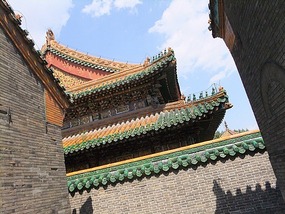
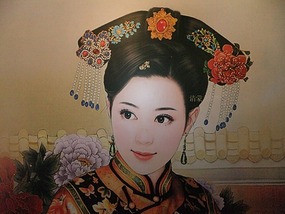
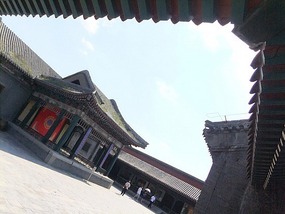
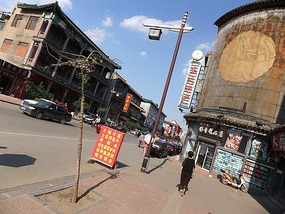
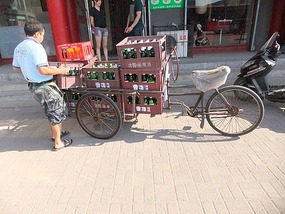
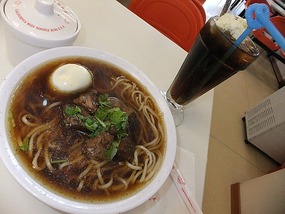
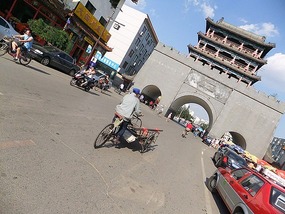
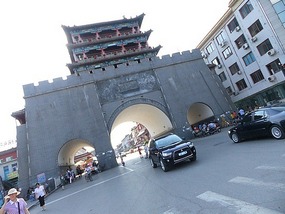
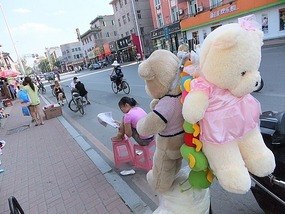
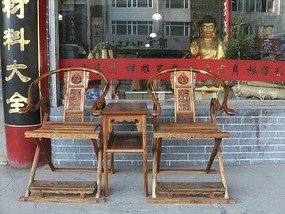
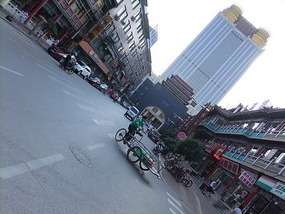

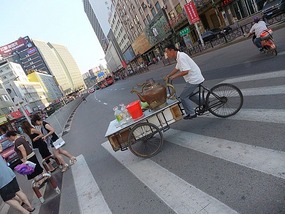
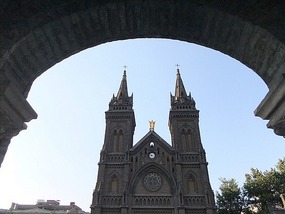
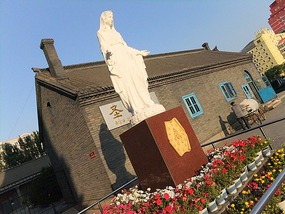
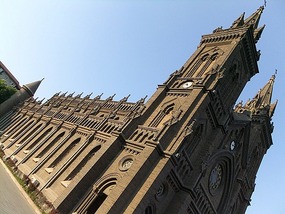
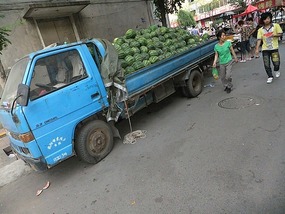
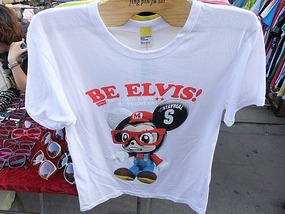
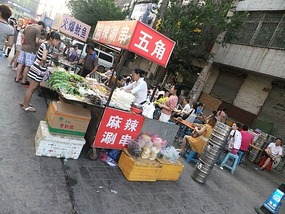
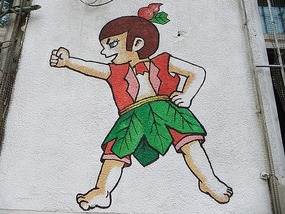
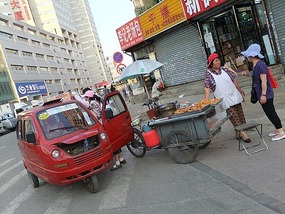
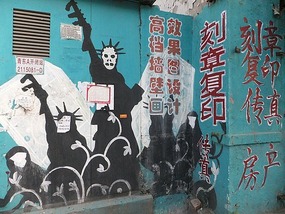
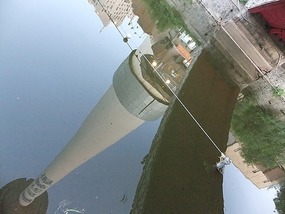
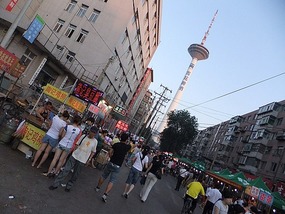
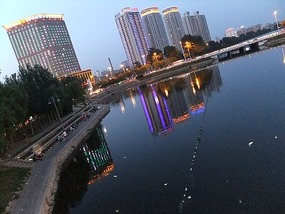
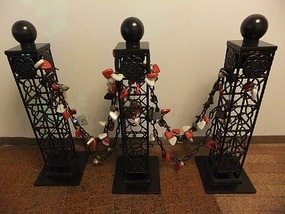
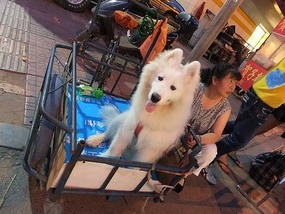
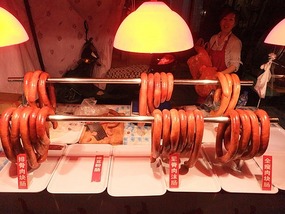
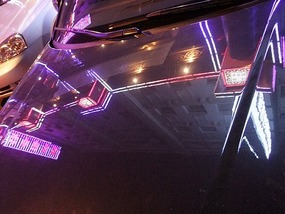

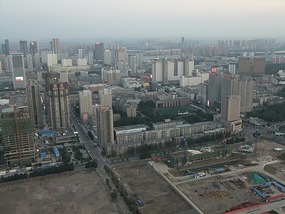
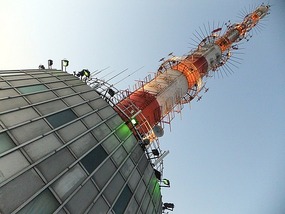

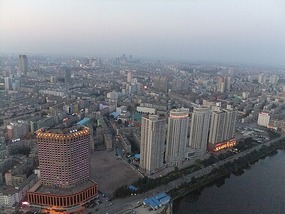
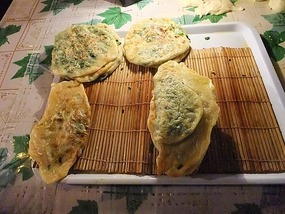
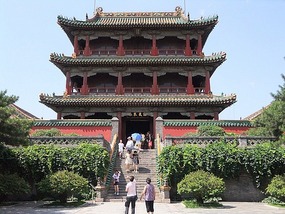
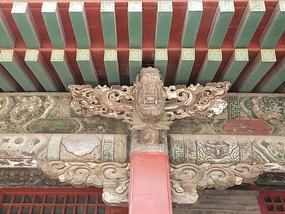
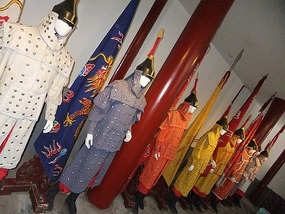
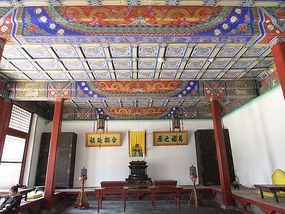
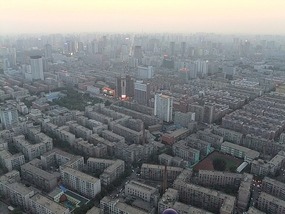
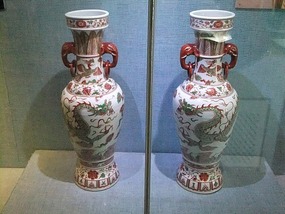
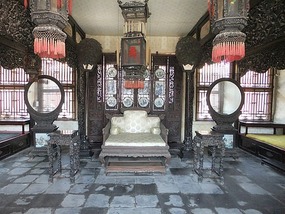
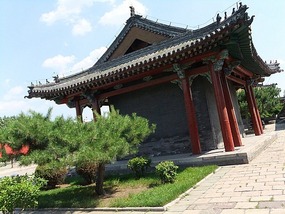
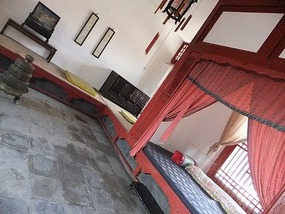
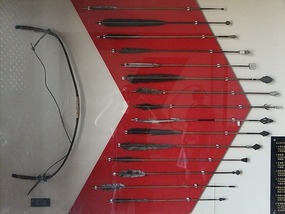
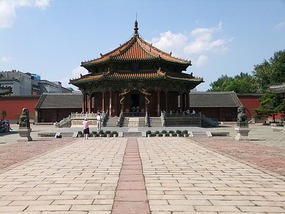

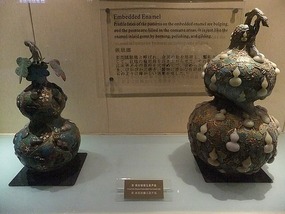
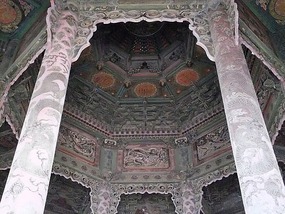
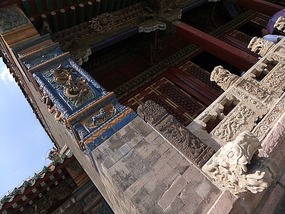
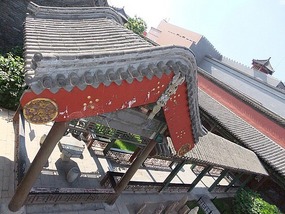
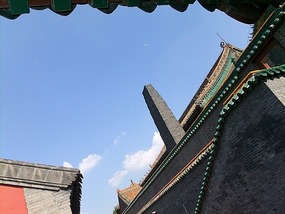
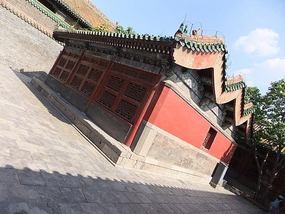
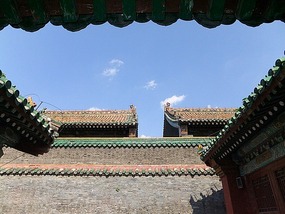
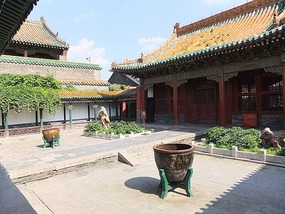
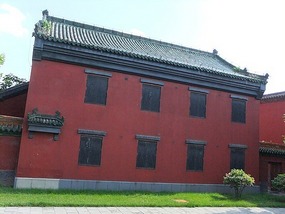
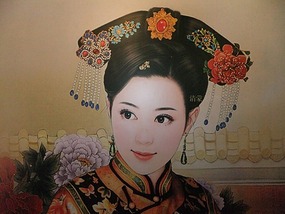
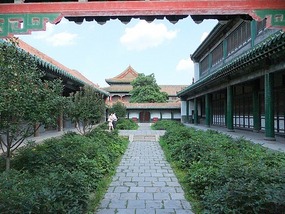
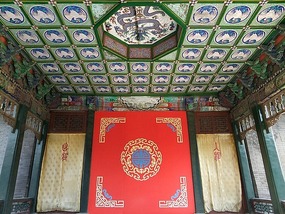
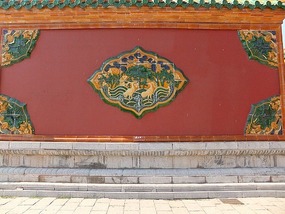
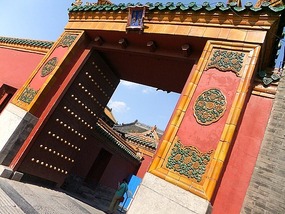
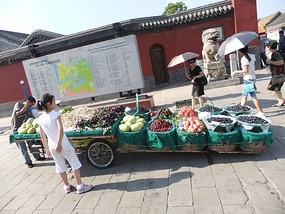
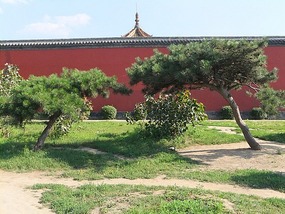
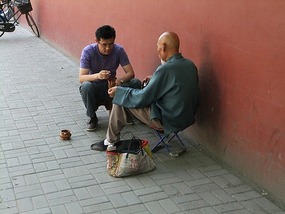
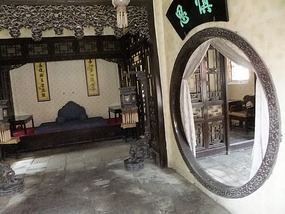
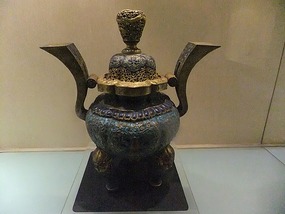
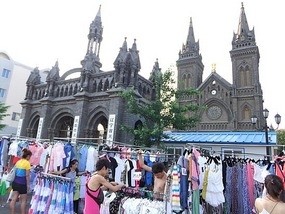
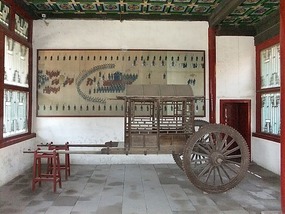

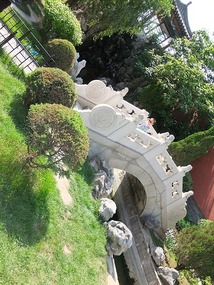
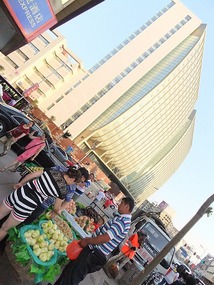

2025-05-22